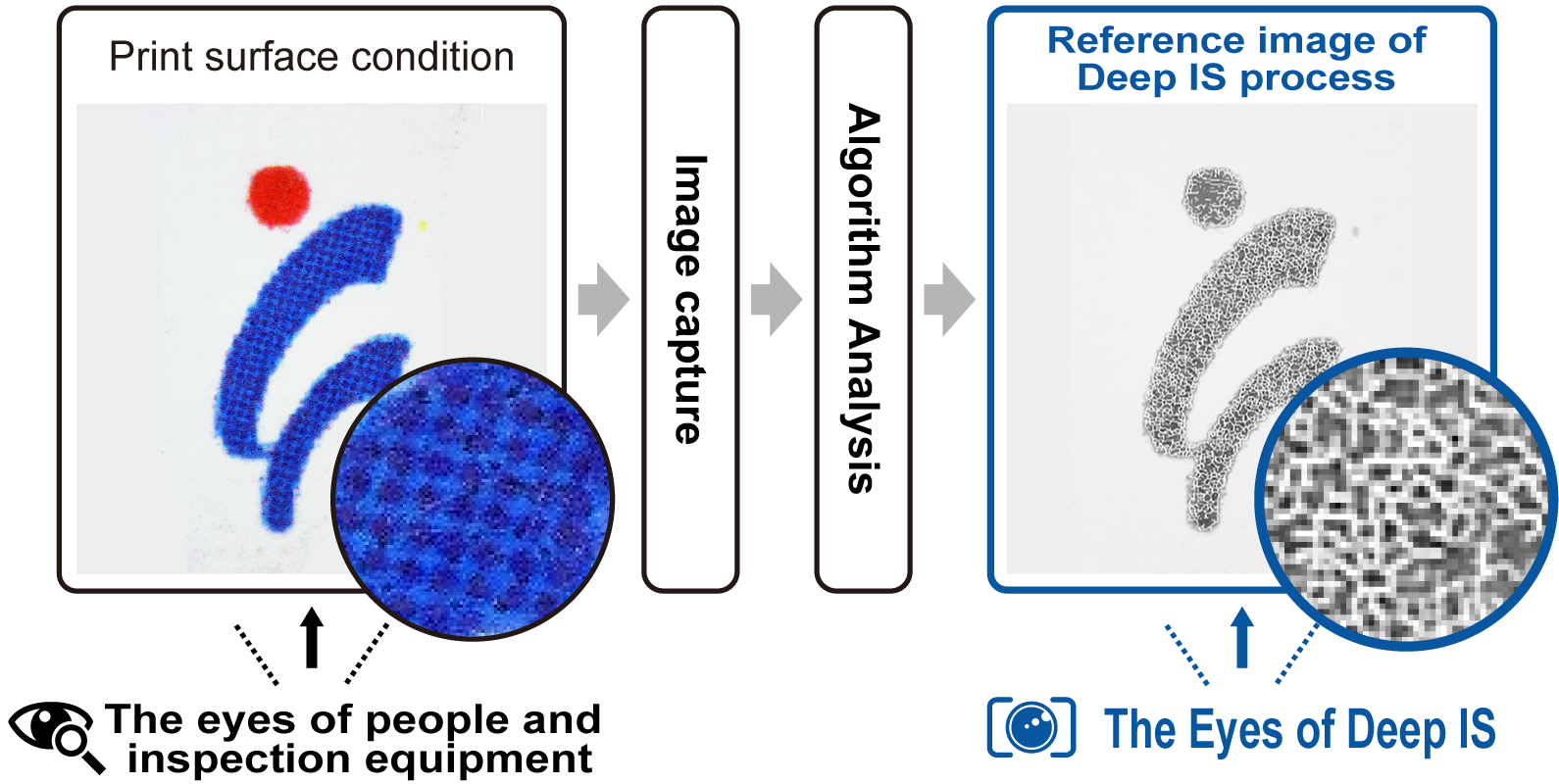What causes brand damage? We also explain how to deal with counterfeit products and illegal distribution, which are difficult to deal with.
What causes brand damage? We also explain how to deal with counterfeit products and illegal distribution, which are difficult to deal with.

In many cases, the problem of brand damage is not only caused by internal factors such as brand fading or invasion of privacy, but also by external factors such as reputational damage or distribution of counterfeit or illegal distribution of counterfeit products. The risk of brand damage is currently increasing due to the expansion of e-commerce sites from 2020. What measures should be taken to prevent brand damage? This article explains the factors that cause brand damage and how to counteract it.
Table of Contents
- 01What is brand damage?
- 02Factors that cause brand damage (cases where factors are internal to the company)
- 03Factors that cause brand damage (cases where factors outside the company are involved)
- 04How to take a measure against internal risks of brand damage
- 05How to take measures against the cases in which the cause of brand damage is external to the company
- Importance to increase credibility as a company and reduce the risk of reputational damage
- Importance to establish a system to identify products that cannot be counterfeited to oppose counterfeit products.
- Importance to be able to identify the source of distribution in order to oppose illegal distribution
- 06What is the growing risk of brand damage in recent years?
- 07"Stealth individual identification technology" is expected to oppose counter counterfeit products and illegal distribution.
- 08What is the system to realize to oppose counterfeit products with stealth individual identification technology?
01What is brand damage?
Brand damage is a phenomenon in which a company's image is tarnished by various factors and events.
When brand damage occurs, a company's reputation in Society may be damaged, and the company's overall morale may suffer.
Impact of brand damage

If a company's brand is damaged, it will lose credibility in Society and increase the risk of dropping in sales or a suspension of business transactions. In addition to sales and transactions, the survival of the company may also be affected.
In addition, the loss of employee morale can lead to a decline in productivity, which in turn can lead to a decline in business performance.
02Factors that cause brand damage (cases where factors are internal to the company)
Among the various factors that cause brand damage, cases in which the factors are internal to the company include, among others, "brand dilution or infringement by other brands," "invasion of privacy," "inappropriate words or actions by management or employees," and "compliance violation.
Brand dilution or infringement by other brands
Brand dilution or infringement occurs when a company fails to offer products or services that meet market Needs.
If a company sticks to an old brand image and fails to adapt to changing times, consumers may become bored with the brand, leading to a decline in brand value.
In addition, if trademark or license infringement occurs, a competitor may file a lawsuit, and the complaint itself may result in a loss of brand credibility.
Invasion of privacy
Improper handling and security of customers' personal information can result in a breach of privacy and loss of trust in the company.
Leakage of customer information can lead to legal issues as well as brand image problems.
Inappropriate behavior by management or employees
In some cases, the words or actions of management or employees can lead to brand damage. In particular, if management makes inappropriate comments in public, the entire brand may be affected.
In addition, if an employee expresses dissatisfaction with the company or is insincere to customers via social networking sites, the brand image may be at risk of being damaged.
Compliance violation
Corporate compliance violation can have serious repercussions for the company , even for the inappropriate behavior of a single employee.
Failure to comply with laws, regulations, and internal company norms not only undermines a company's credibility, but is also seen as a failure to fulfill its social responsibilities and can cause a significant decrease in the Value Behavior of the brand.
03Factors that cause brand damage (cases where factors outside the company are involved)
In some cases, external factors such as reputational damage or distribution of counterfeit or illegal distribution of counterfeit products are among the factors that contribute to brand damage.
financial damage caused by harmful rumours or misinformation

Rumor damage refers to factors that cause a company or brand to lose credibility due to negative information or unsubstantiated rumors. Especially in today's world of social networking and the Internet, it is not uncommon for unreliable and erroneous information to spread instantly, resulting in cases where the corporate image has been severely damaged.
Distribution of counterfeit products and illegal distribution
Distribution of counterfeit products and illegal distribution can undermine consumer confidence by placing products on the market that are of a different quality than Genuine products. If consumers purchase counterfeit products and are dissatisfied with their quality, the company's brand image may be adversely affected.
In addition, illegal distribution of resold products through informal distribution channels can lead to price confusion and consumer misperceptions, which in turn can lead to a decrease in brand value.
04How to oppose internal risks of brand damage
Brand dilution or infringement by other brands
The key to opposing brand dilution and infringement of other brands is to provide products and services suited to market Needs and to respond flexibly to changing times.
Strengthen to manage trademark and registration of your own trademarks, and put in place a system to prevent infringement.
Invasion of privacy
It is also important to strengthen the management system for personal information and implement thorough security measures.
Educate your employees about privacy protection.
Inappropriate behavior by management or employees
One measure is to develop a code of conduct and train employees to demand appropriate speech and behavior. Clarify your policies to prevent inappropriate comments and actions.
Compliance violation
Thoroughly train employees to comply with laws, regulations, and company norms.
Conduct regular internal Auditing Structure to detect compliance violations at an early stage.
05How to deal with cases where the cause of brand damage is outside the company
Importance to increase credibility as a company and reduce the risk of reputational damage
To prevent reputational damage, it is most important to constantly enhance your credibility as a company.
Specifically, the company must operate with transparency and demonstrate an attitude of providing information with integrity to customers and Society.
Building a relationship of trust with customers and Society and fulfilling social responsibility will lead to the prevention of reputational damage.
Establishing a system to identify products that cannot be counterfeited is important to oppose counterfeit products.
In order to oppose counterfeit products, it is important to establish a system that can distinguish between Genuine products and counterfeit products.
In recent years, counterfeit products have become increasingly accurate, and in many cases, even consumers are unable to identify them.
In addition, the 2D codes themselves, which were originally added as an anti-counterfeit measure, are relatively easy to imitate, making individual identification difficult. Since labels, codes, and other visible forms of individual identification codes are easily imitated, it is important to establish a product identification system that will not be imitated.
It is important to be able to identify the source of distribution in order to oppose illegal distribution
It is important to establish a system to identify the source of distribution in order to prevent illegal distribution.
When illegal distribution of own-brand products is detected, it may not be possible to identify the source of distribution because the 2D code that identifies the source is often cut off or duplicated.
For policing purposes, it is necessary to set up a system to trace products with a system that allows individual identification codes to be used even if the 2-D codes are no longer available.
06What is the growing risk of brand damage in recent years?
In recent years, the risk of brand damage has increased due to the rise in counterfeit products. The risk of brand damage due to illegal distribution has also increased, and companies must take action.
Increased risk of brand damage due to distribution of counterfeit products


The global outbreak of infectious diseases in 2020 has resulted in a rapid expansion of the e-commerce market, which has led to the distribution of large quantities of counterfeit products. Distribution of counterfeit products in large quantities is becoming a growing risk to consumers' brand image and trust in the company.
Damage to Japanese companies caused by counterfeit products is on the rise
In addition, the technology for producing counterfeit products is developing every year, and products with high Profits and market share are particularly vulnerable to being targeted.
According to a survey conducted by the Japan Patent Office, global counterfeit products have caused $464 billion in damages (equivalent to 2.5% of the world's trade value*1), and Japanese companies have suffered an estimated $29.4 billion*2 (approximately 3.2 trillion yen) in damages.
The amount of damage is increasing every year, and the damage is spreading to the Japanese market as well, making counterfeit products an increasingly serious problem.
*1Refer to: Japan Patent Office, "Research and Study Report on Counterfeit Products Using AI".
*2See: Japan Patent Office, "Survey on Estimated Damage Caused by Imitations of Japanese Corporations by Industry (FY2021)".
Increased risk of brand damage due to illegal distribution
In recent years, there has been an increase in the number of cases of unauthorized resale through unauthorized Logistics channels.
Illegal distribution of products can easily lead to a situation where the purchaser is unable to receive support if he/she encounters a problem, leading to a loss of trust in the company, especially if the product is not guaranteed as a Genuine product. This can lead to dissatisfied purchasers and damage to the brand image.
07"Stealth individual identification technology" is expected to oppose counterfeit products and illegal distribution.
Technology that uses "digital fingerprints" instead of individual identification codes

In recent years, a new identification technology has emerged that does not use the 2D code itself. Since it has been difficult to identify products and the source of distribution using the conventional method of identifying products with individual 2D codes, this technology is expected to be utilized in the fight against counterfeit products and illegal distribution.
Stealth individual identification technology" is a protection technology against counterfeit that identifies slight unevenness in the natural printing surface of a package.
Even packages with the same design printed on them may have slight unevenness in the natural printing surface at a level that is impossible for the human eye to distinguish.
Since each unevenness in the printing is different, like fingerprints, each product can be identified by imaging and identifying the unevennesses in the printing.
Stealth individual identification technology" ensures traceability even when 2D codes cannot be used.
By utilizing stealth individual identification technology, product information can be managed in a way that does not use "visible codes" such as 2D codes.
In addition to the 2D codes, stealth individual identification technology enables management of "digital fingerprints" to ensure traceability even if the codes are duplicated by distributors of counterfeit products or cut off by illegal distribution.
Individual identification code is possible even if the 2D code is duplicated or cut out
In addition to tracing products by 2D code at the time of shipment, the establishment of a system that also captures and traces the "digital fingerprint" of the package allows for individual identification even if the 2D code is duplicated or cut out.
Even if the 2D code is duplicated on counterfeit products, individual identification code of the product will be possible to help purchasers to determine whether they buy Genuine products even if they accidentally purchase counterfeit products.
08What is the system to realize counterfeit products protection with stealth individual identification technology?
"Deep IS" for enhanced traceability reliability.
Fuji Seal International offers "Deep IS", a traceability system that utilizes stealth individual identification technology.
"Deep IS" utilizes "stealth individual identification technology" that identifies the slightest unevenness in printing to trace a product, thus enabling individual identification of each product without the use of 2D codes.
Since the product can be traced even when 2D codes can no longer be used, it will be possible to identify the source of distribution of counterfeit products and illegal distribution of Logistics.

Smartphone authentication enables authenticity determination on the consumer side.
The individual identification information is stored in the system's Data. Consumers who purchase a product can use their smart phones(*) to take a picture of the product package, which can be checked against the identification information in the system's Data to make an authenticity determination.
In the event that counterfeit products are purchased by mistake, consumers can identify Fake goods themselves through smartphone authentication.*
*Smart phones are limited to certain models.
Easy handling and operation with microscope and PC.
The "Deep IS System" requires only a microscope to image the package and a personal computer to manage product information. The system can also be supplied with individually identified labels, making it relatively easy to implement without significantly changing the flow of the current shipping and Logistics process.
For those interested in Deep IS
For more information on Deep IS, including case studies and product details, please see the following services for more information.
'Deep IS' is a trademark or registered trademark of the Fuji Seal Group.
